Between the Spanish metropolises of Madrid and Barcelona, forgotten from Michelin-guided itineraries focused solely on the Basque Country, and otherwise seen as a pass-thru city, lies Zaragoza, the capital of Aragón. If you’ve seen The Tudors, maybe you remember Henry’s first wife: the pious Catherine of Aragón, played by Irish actress Maria Doyle Kennedy. Perhaps that is all you’ve ever heard of Aragón, a region whose middle and southern depths were once described by a friend as “a nuclear wasteland.”

View of Zaragoza from one of the towers of the Cathedral-Basilica of Our Lady of the Pillar
And yet, Aragón’s southern capital, Teruel, is famous for its cured ham, effortlessly produced in the dry, windy climate of Aragón. The “Lovers of Teruel” were supposedly Shakespeare’s inspiration for Romeo and Juliet, even. And there’s certainly no love lost by Spaniards for Aragón’s northern territory, cities like Huesca and Jaca, lush and green and gateways to the Pyrenees and affordable skiing.
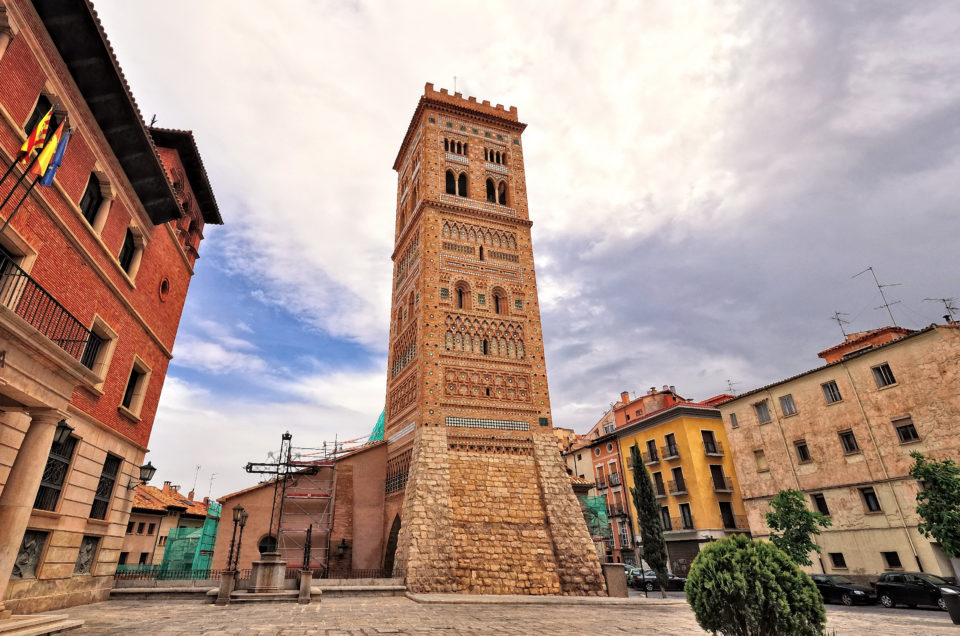
Teruel (image source)
For tourists or non-Spaniards unfamiliar with the Pyrenees valley, knowing little to nothing about the once-mighty kingdom of Aragón is not surprising. Similarly, feeling overlooked or forgotten is not a foreign sensation to the Aragonese, beset on every side by regions more famous for various reasons: Cataluña, Castilla y León, Navarra, Valencia, and, of course, Madrid. And yet, Aragón was once, arguably, one of the most important and powerful regions in Spain.
History of Aragón, Spain
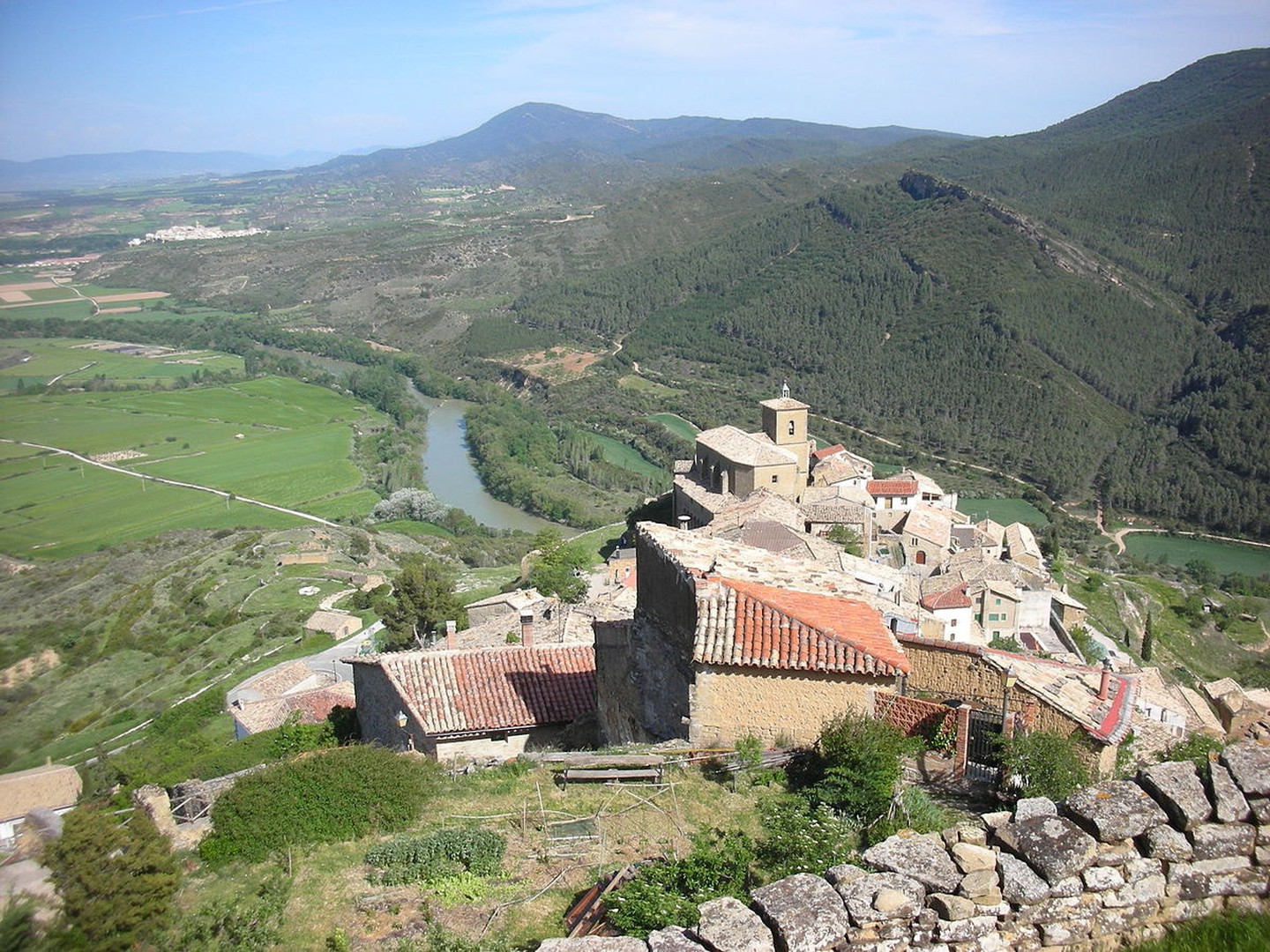
Aragón, Spain | ©Jrpvaldi / Wikimedia Commons
In 1469, in the capital city of Valladolid (Castile and León), Ferdinand II of Aragón and Isabella I of Castile were married. Seventeen and eighteen, respectively, these two monarchs were known as the “Catholic Monarchs” (los Reyes Católicos) and, one falsified papal bull later, Isabella and Ferdinand went on to rule an Iberian peninsula many historians credit as being unified under their influence.
Americans, Barcelona tour guides, and other history buffs may also recognize them as being the monarchs that Christopher Columbus sought financial support from in his mission to colonize the Indies, originally, and whose trips and conquests would end up for the benefit of the Spanish crown. Or rather, the Castilian crown, since it was Isabella who had provided the money, not Ferdinand and his Aragonese court.
The imbalance in the power of their kingdoms, Castile and León richer and more powerful, was heightened by the fact that both Castile and Aragón retained their respective autonomy despite Isabella and Ferdinand’s marriage. So to amend an earlier, arguable statement, perhaps it is better said that Aragón was a part of the most powerful and important union in Spain.
Cuisine of Aragón, Spain

Zaragoza

Aragón’s supporting role in the unification of Spain during the Middle Ages and relative present-day anonymity among the Iberian regions notwithstanding, Aragón has maintained a proud culinary tradition.
Ham from Teruel
Teruel is indeed known for its ham, dark and richly-colored with an unmistakable pork taste and, if cured long enough, jerky texture. In fact, Teruel hams were the first in Spain to be regulated by the Spanish Ministry of Agriculture, Fisheries and Food (MAPA – Ministerio de Agricultura, Pesca y Alimentación), an office in Spain that ensures the regulation and controlled production of items originating from a certain region, giving them the coveted DOP seal (denominación de origen protegida). In the case of Teruel, for a cured ham leg to be considered a ham from Teruel, and to legally be marked with the eight-pointed star of Teruel and thus the DOP, the pig must have been bred, raised, and then cured to certain specifications. This regulatory and strict adherence to established protocol applies to cheeses from DOP Castilla-La Mancha, wines from DOP La Rioja, and more.
Purple olives
Aragón’s purple olives are also known the peninsula over for their bitter, sharp taste. Small and round, colors ranging from dark purple to almost black, they’re often sold in huge bags at supermarkets in Aragón. They’re salty, dry, and, the more wrinkly the olive, the stronger the taste when it comes to these olives (some even look like huge raisins).
Sweets
Every Spaniard loves a good dulce during fiestas and the Aragonese are no exception. Popular during Pilares, Zaragoza’s own festival in honor of its patron Our Lady of Pilar, are “frutas de Aragón” which, despite the word fruit in the name, are actually only fruit-flavored candies encased in chocolate. Soft and a bit like jelly bonbons, these candies are made in the traditional way by coating the candy in sugar and dipping in chocolate. Some confectioner’s even use small diced orange pieces (with rind intact) for the orange ones.
And no post-baptism party is complete in Aragón without another popular treat: trenza de Huesca. Especially the Trenza de Almudévar brand. Originating in the northern province of Huesca, this braided sweetbread is a cross between a danish and a flaky pastry, striped with cinnamon and coated in a thick sugar glaze. Its traditional flavors are cinnamon with raisin and nuts, however, orange-infused and chocolate trenzas are also popular varieties.
Roast lamb
Another delicacy Aragón is known for is its roast lamb, called “ternasco” or “paletilla.” Walking into the big, main central market in Zaragoza, an entire section of the butchers’ aisle is dedicated solely to lamb. They have any and every cut you might want, and several organs as well. A shock to some might be the sight of piled lamb heads at the meat counter of a grocery store in Zaragoza, but this is very standard here.
The key to the lamb roast is minimal working of the meat; allowed to come to room temperature, seasoned usually only with salt, garlic, perhaps some herbs of preference, and served with a side of well-salted potatoes. Or, in true Spanish fashion, letting the ingredients speak for themselves.
Culinary traditions of Aragón
Aragonese cuisine is, like its region, not well-known but still celebrated and valued within its borders. There is a fierce pride to the restaurants in Zaragoza, serving hearty, uncomplicated dishes that are a marker of Aragón’s food culture. Disregarding the new age and high-brow experimental cuisine restaurants to focus on the traditional spots that close on Sundays right beside them, one notes the richness of dishes which, on the surface, seem quite simple.
Take “migas,” for example. Though translated to breadcrumbs, this dish is actually the fluffy inside of bread, crust removed, that’s broken up and pan-fried in olive oil with chopped onions, garlic, red pepper, sausage, and many other ingredients according to taste. It requires no fancy cookware, radical ingredients, or incredible skill to make, and yet it remains flavorsome and capable of vast interpretation. Something as simple as varying the bread used can produce a wide variety of results, from especially crispy to more tender, to say nothing of the type of olive oil and accompanying sauté ingredients.

Plate of “migas” at the popular La Miguería restaurant in Zaragoza’s tapas bar district known as “El Tubo”
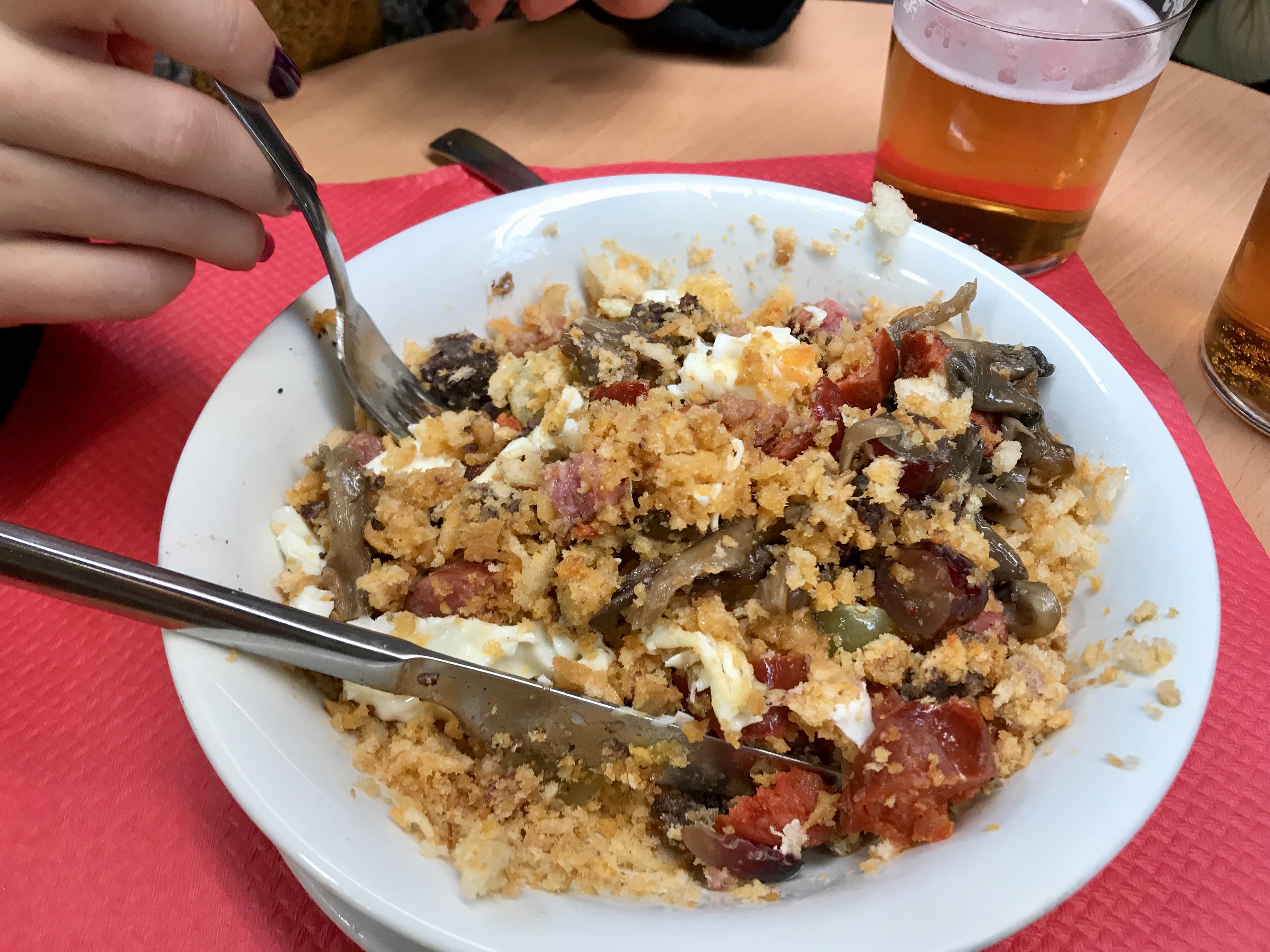
The plate of “migas” after being mashed up
Migas are all over Spain, and there is much contention over which region, exactly, is the originator, but green grapes, blood sausage, and a fried egg (for good measure) are decidedly Aragonese toppings to it.
Perhaps, if not blood sausage for your migas, you’d like “longaniza,” Aragón’s proprietary sausage. Unlike many Spanish sausages, longaniza is not made with pimentón (sweet paprika) but heavy on the pepper and, depending on the Aragonese producer, even hints of nutmeg or parsley make it in the mix. You might want this longaniza fried and topping not migas but “huevos rotos”, an uncomplicated and incredibly satisfying dish of thinly-sliced, fried potatoes with fried eggs whose yolks have been broken. Equally common is eating huevos rotos with cured ham… from Teruel, if you’re a real maña/o.
Aragón has a lengthier list of traditional dishes, but the markers of simplicity and heartiness pervade it. Overlooked and sorely underrated, Aragón and its three provinces have been able to preserve and cherish their culinary histories without great external influences that uniquely shape other culinary traditions. The largest changes to Aragonese cuisine comes from the cooks of the meal themselves, who on one day might decide to fry up migas with hojiblanco olive oil instead of arbequina, or flavor a candy with fig and chili pepper instead of cherry.
By Alegra N. Padrón
Alegra N. Padrón is a creative who loves to write about food, travel, and culture. Living between Spain and the US, she documents food and fun on Twitter @an_padron

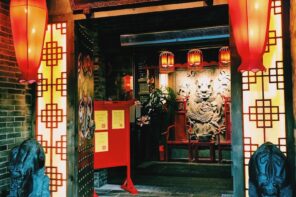

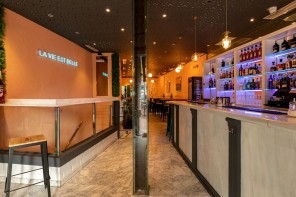
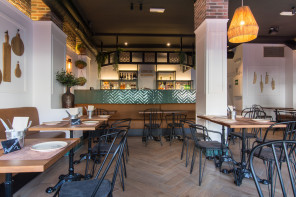

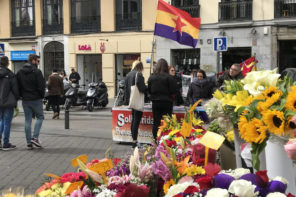
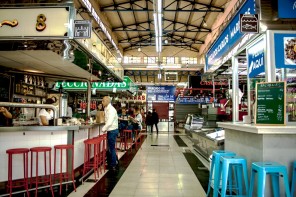
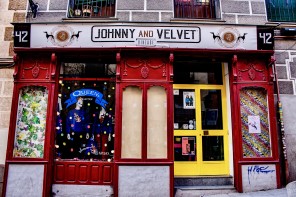
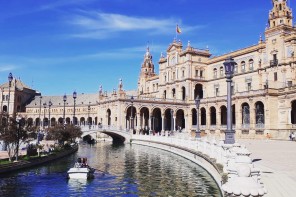
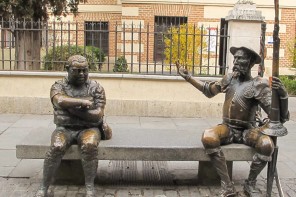
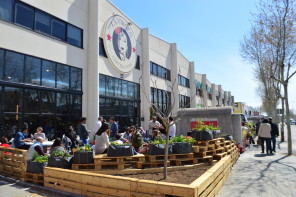
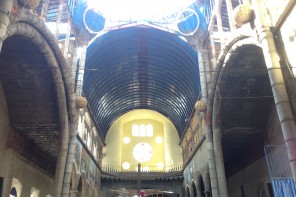

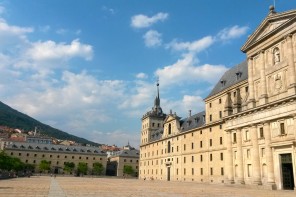

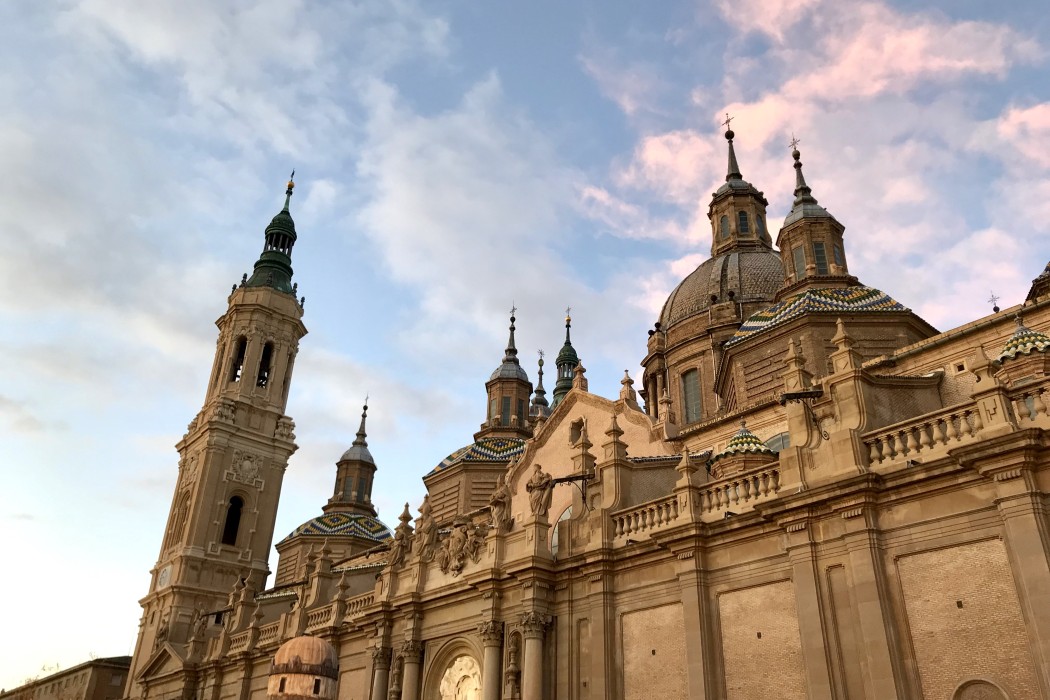






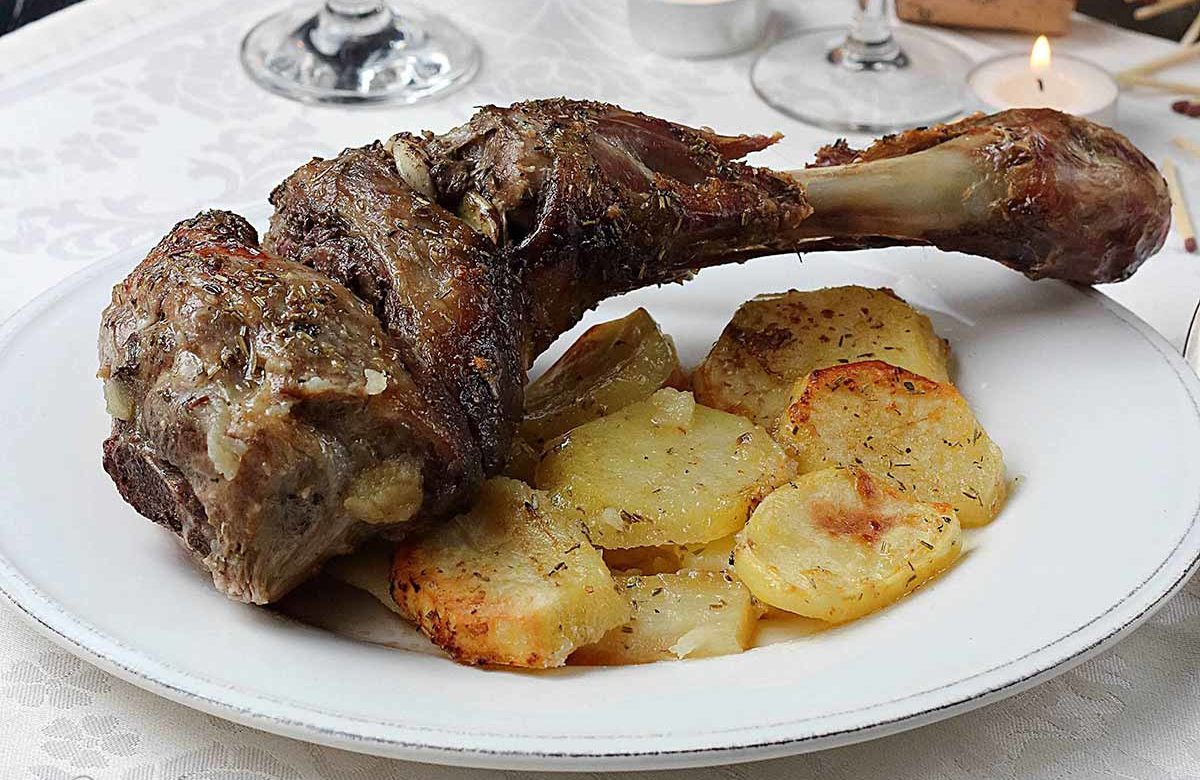






Florey Miller
What a fascinating article! Thank you, Alegra